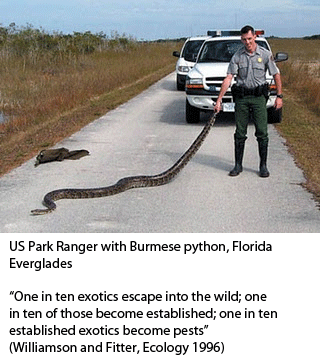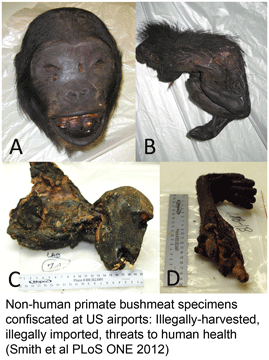We at PHE were saddened to learn of the death of Professor Alexander Keynan, a long time friend and colleague. The following obituary (translated from the Hebrew) appeared in the Israeli Newspaper Ha’aretz.
May 8, 2012
Professor Alexander Keynan Dies
Keynan, who was first administrator of the institute for Biology at Nes Tziona and a member of the committee atomic energy, died at 91.
Alexander Keynan, professor emeritus of microbiology at Hebrew University and the first manager of the Biological Institute at Nes Tziona, died on Sunday in his home in Tel Aviv at 91. Keynan was born in 1921 in Kiev, as Alexander Kotznok. He arrived in Israel in 1930, studied at the Hebrew University and received his doctorate in 1950. In 1945 he married Malka ben-tzvi and started a family.
Before the establishment of the state he served in the science department of the Haganah organization, and in 1948 he continued to serve in the science battalion of the IDF. In 1952 he was one of the founders of the institute for Biology at Nes Tziona and served as the first administrator of the institute.  In 1964 he was appointed to head the national committee for research and development, and three years after that was appointed to head the center for life sciences at Hebrew University and also as a member of the committee atomic energy. In addition, he served as vice president for research and development of the Hebrew University. In 1990 he retired. In the last decade he appointed Chairman of the Steering Committee for Biotechnology Research in the terrorist era and ntil recently he was senior consultant responsible Israeli National Academy of Sciences and in 2006 won the Bublik award.
“If there was someone who in a rational manner could think about science policy, on how to set priorities for investment in science from a national perspective, and how to redirect the system – there isn’t anybody that you can compare to the Alex on these issues,” the former President of the Hebrew University, Professor Menachem Megidor said last night.  “he was a man of insight and discernment, and what has characterized him among other things was the lack of his ego. Even scientists dedicated to science often possess an ego that is not small, but with Alex, the good of the matter always the lit the path.” Prof.  Megidor added “I relied on his help many times and consulted with him concerning an entire range of topics, One of the toughest decisions for a university president is to make decisions in areas that you don’t fully understand. Alex was really a resource with no replacement in this respect, that could always be relied upon for his assessment. He was really a precious person.”

